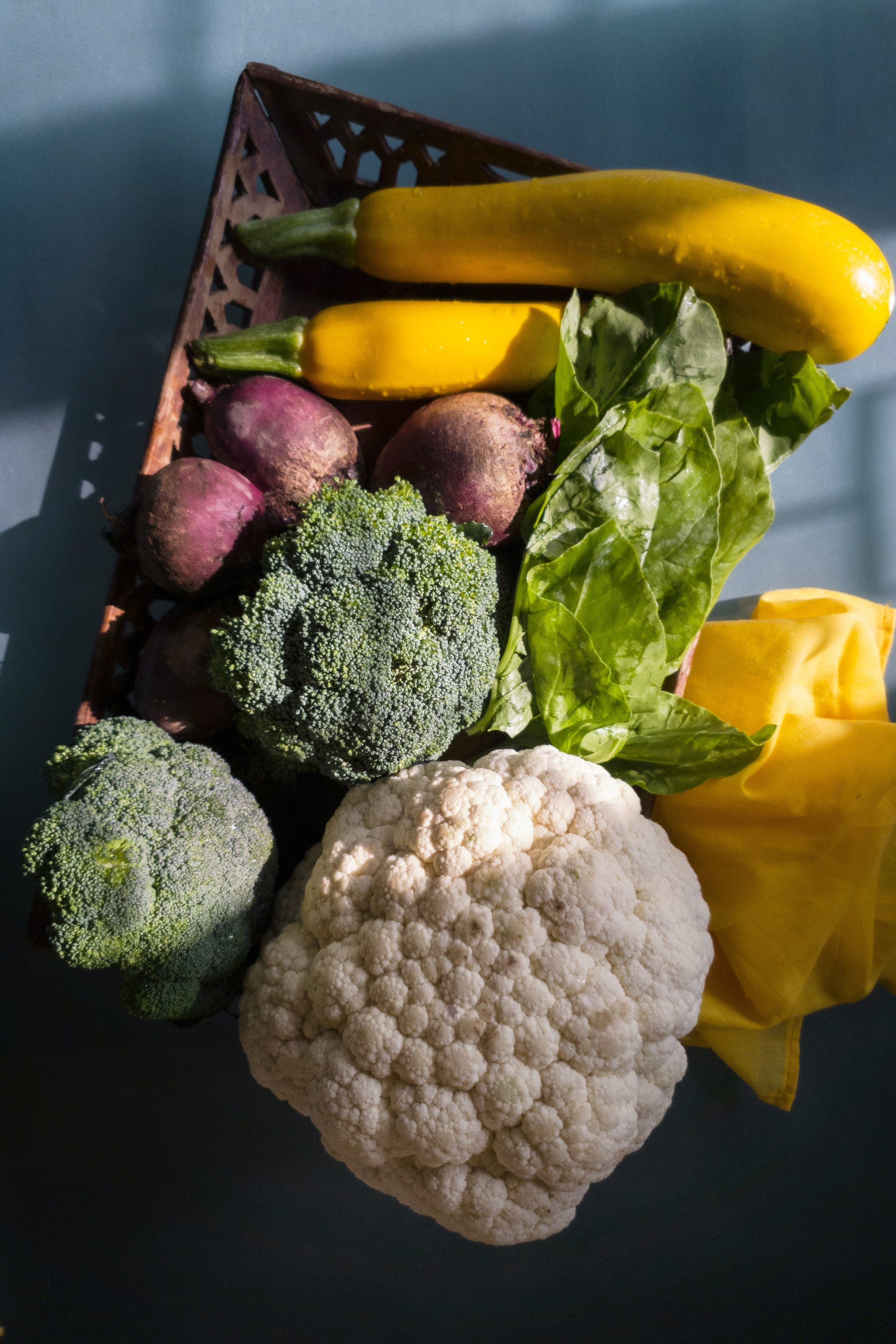Your ‘gut microbiome’ is made up of trillions of microorganisms and their genetic material that live in your intestinal tract. These microorganisms regulate functions vital to your overall health and wellbeing, including digestion, nutrient absorption, metabolism, body weight, immune function, brain health and psychological states. (2) (3) Our microbiota and its collective genomes actually provide us with genetic and metabolic attributes we have not evolved on our own, including the ability to synthesize vitamins from our food and make use of otherwise inaccessible nutrients and turn them into usable energy sources (4) (5) (6) Your gut microbiota also produce thousands of metabolites that play key roles in every aspect of human health, including brain function and psychological states. Collectively, our microbiome weighs in around 3-5 pounds. But, don’t let their small size fool you. Without them we couldn’t survive.
Although we establish a mostly stable, adult-like microbiome by the time we are three years old, our microbiome is mutable and highly responsive, for better or worse, to our lifestyle habits and environment. Things like diet, stress, sleep, pets, medications and home environment can alter your microbiome on a day to day, moment to moment basis. These changes in our microbial communities have an impact on both our physical and mental health.
The Microbiome-Brain-Gut Connection + You
In the past, the brain was thought to be an immune privileged organ with a blood brain barrier that protected it from pathogens and immune responses that could damage neurons and neural connections. While it’s true that our blood-brain barrier works hard everyday to protect our brain and keep toxins out, our understanding of the brain as a privileged organ has changed. Studies show that microbial by-products and metabolites from our gut bacteria actually play a role in the development and function of the central nervous system, thereby setting us up for health or putting us at risk for certain diseases and psychological disorders, including anxiety and depression (7) (8)
Brain-Gut Chatter: How it Works
The brain and the gut communicate through a bidirectional network of signaling pathways called the gut-brain axis, with 80-90% of the signals starting in our gut. (9) Gut microbes influence and direct the flow of information from our gut to our central nervous system through the use of our immune system and the release of hormones, metabolites, toxins and signalng molecules. (10)
Although most of the chatter originates in the gut and travels upwards, our brain also sends messages to our gut, letting it know what’s going on. Just thinking about eating a piece of fruit can get the stomach to release digestive juices in anticipation of that mouth-watering bite. (11)
The central nervous system is also able to convey psychological stress to the gut through the release of stress hormones and inflammation. These messages can alter the communities of gut microbes and trigger an increase in pathogenic bacteria which, overtime, creates low grade, chronic inflammation from bacterial endotoxins. (12). Systemic inflammation can access the brain and trigger neurotoxic affects that affect basic brain cell function.







